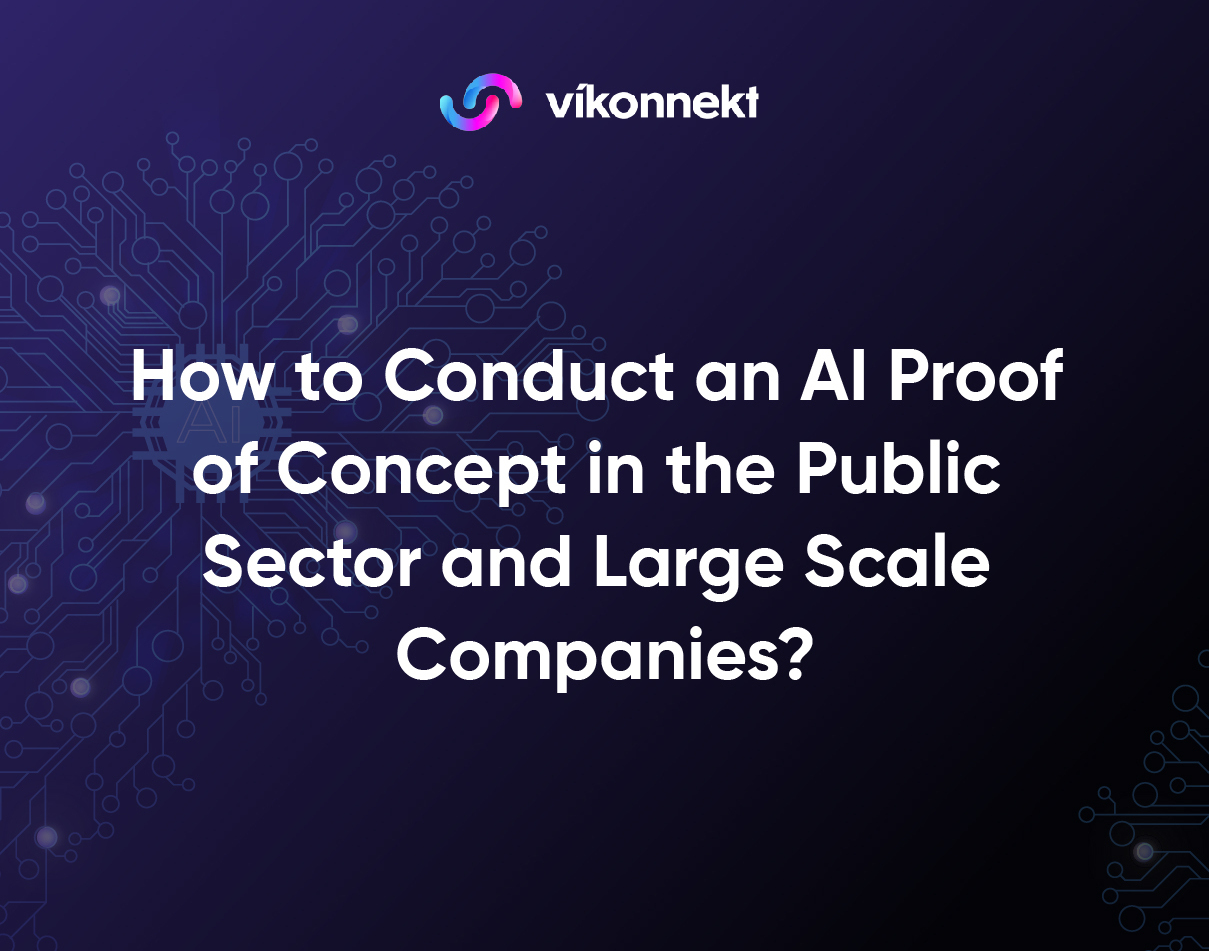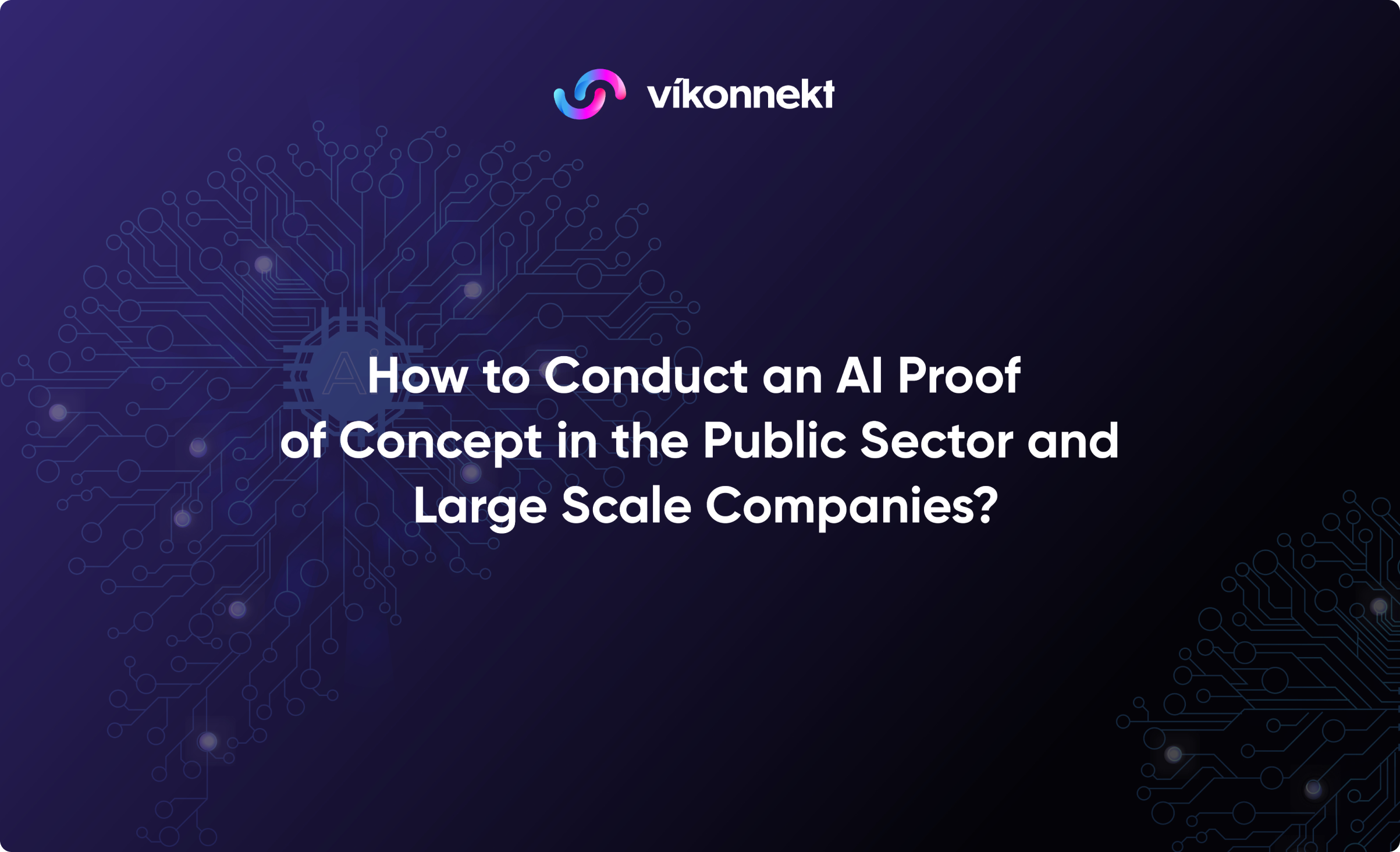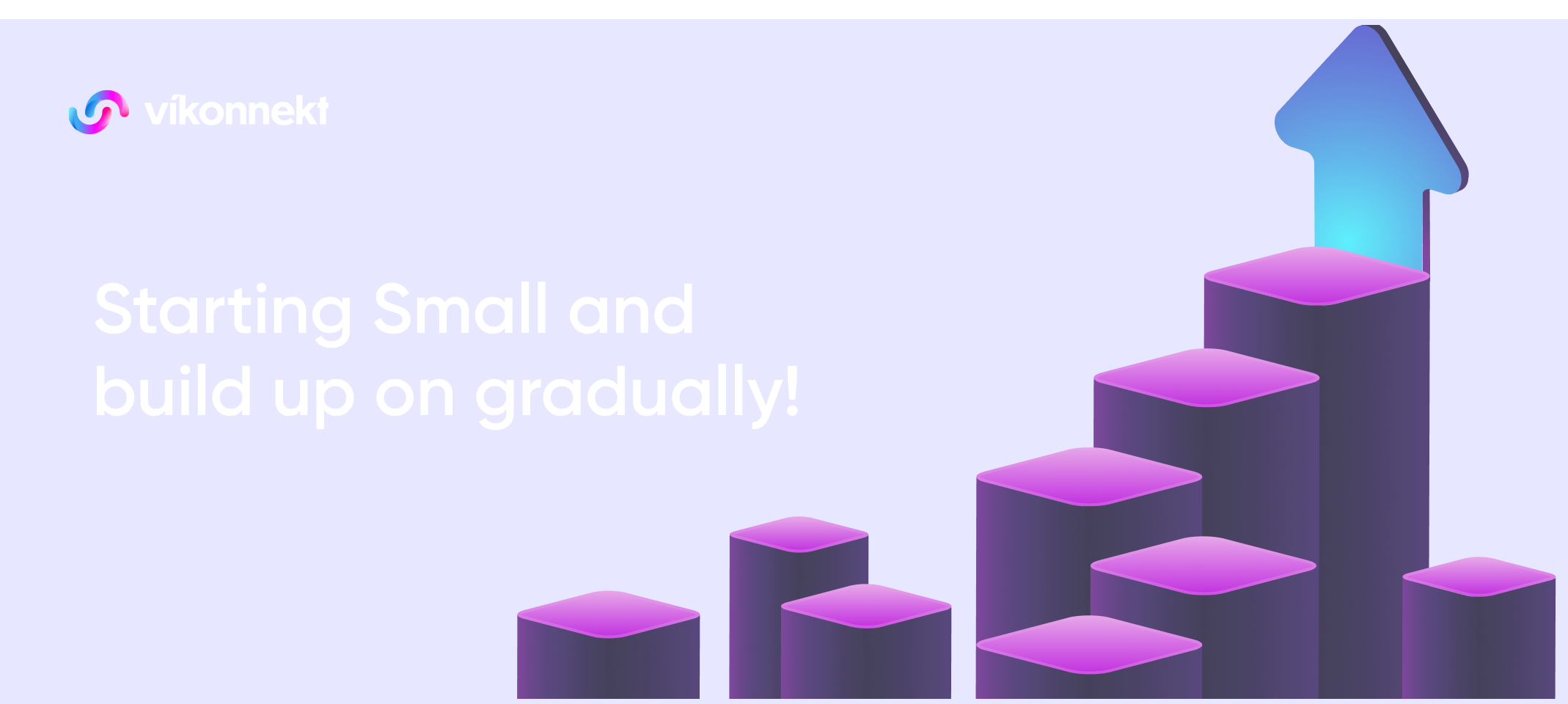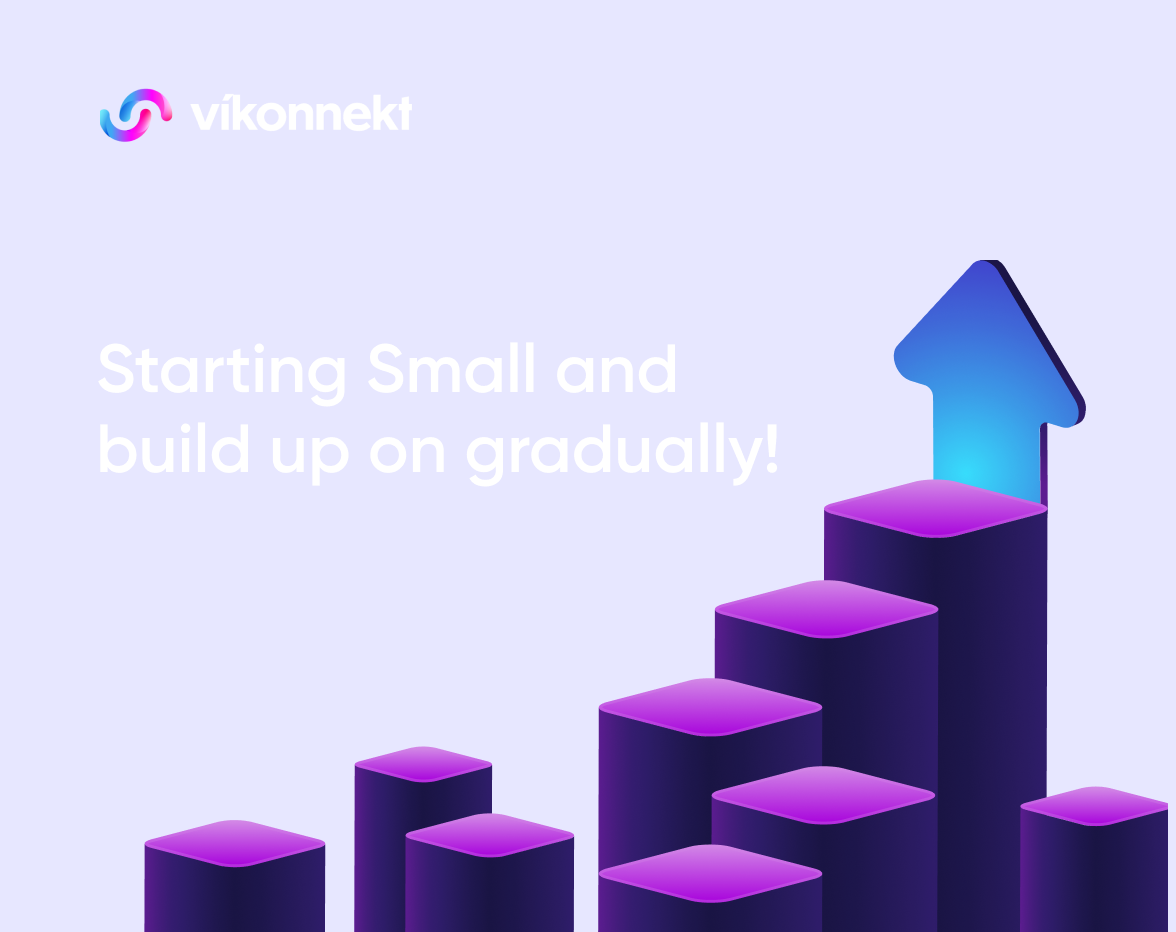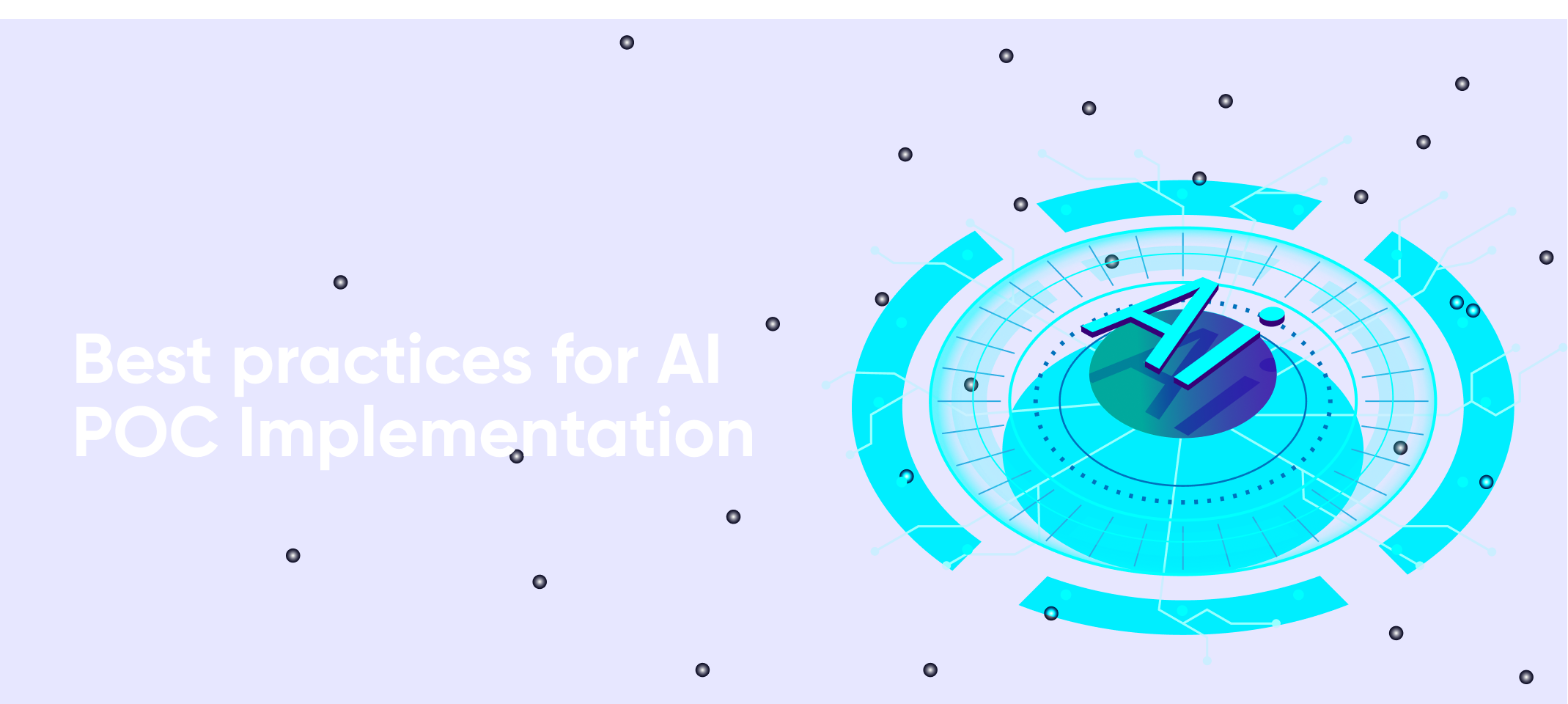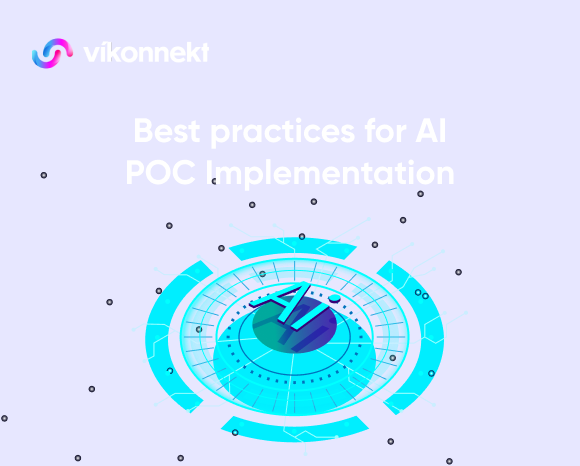Introduction
In a time of a fast digital transformation, artificial intelligence (AI) comes to offer exceptional opportunities to reduce costs, improve efficiency and empower employees to focus on what really matters. This article, brought to you by Vikonnekt , your partner in purpose-driven AI solutions, will guide you through the process of conducting an AI Proof of Concept (PoC) in large companies and the public sector.
Table of contents:
- Why AI for the Public Sector and Companies in Iceland?
- How does the Current Landscape look like?
- Where is The Opportunity?
-
Starting Small and build up on gradually
4.1. Characterize the Problem and Confirm the Opportunity4.2. Profile the Data4.3. Select the right AI technique4.4. Architect, Build and Deploy the Solution4.5. Evaluate for Business Value4.6. Scale up the PoC
- Best Practices for AI PoC Implementation
- Conclusion
- References and resources
1- Why AI for the Public Sector and Companies in Iceland?
In today's challenging economic environment, many organizations are reducing their workforce to manage costs. While this may offer short-term financial relief, it often increases stress on remaining employees due to heavier workloads. This situation creates a pressing need for innovative solutions, and AI stands at the forefront of this technological revolution.
2- How does the Current Landscape look like?
After discussing the matter with different institutions and organisations, I came up to this conclusion regarding the current landscape:
- Increasing Workload: With fewer employees handling the same or even more projects, the workload per employee in our institutions is on the rise.
- Manual Repetitive Tasks: A significant portion of this workload consists of manual, repetitive tasks that consume many hours each month.
- Common Problems, Unique Solutions: Many institutions face similar challenges but often believe their problems are unique.
Where is The Opportunity?
- Many decision-makers, from C-suite executives to mid-level managers, view AI as a 'black box' - a complex, opaque technology they struggle to understand. Despite recognizing its potential, these leaders often find themselves at a loss when it comes to practical integration of AI into their operations. This knowledge gap creates a paradox where organisations want to leverage AI but lack the clarity on how to proceed effectively.
-
By putting AI to work for us and handling the manual and repetitive tasks, it has been proven through numerous success use cases that we can:
- Maintain family-friendly working hours
- Allow employees to focus on high-value tasks while AI handles routine operations
- Reduce employee stress and help them focus on creativity
- Increase productivity
- Cut hiring costs while boosting efficiency
- Reuse data to create value
- As part of our AI consulting services, we help you spot high-impact opportunities for AI implementation, pick the best use cases, and craft a strategic AI vision that’s perfectly aligned with your business goals. Read more here and book your discovery meeting with us
4- Starting Small and build up on gradually
4.1. Characterize the Problem and Confirm the Opportunity
- Ensure you have the right personnel and consultants to help you with starting your AI path.
- Conduct sessions to understand pain points and challenges and identify the ones that may be solvable with AI.
- Go over these problems and prioritize them according to your organization's needs. Choose the first priority problem to tackle based on selective metrics. Conduct a research to determine if the problem is solvable with AI or other solutions or tools.
- Profile the data and assess its quality, quantity and accessibility. Put down a timeline and strategy to conduct the PoC.
- Prepare a specifications document to outline the requirements, data measures, regulatory and security requirements.
4.2. Setup a Minimal Viable Dataset
- Identify data sources and potential integration challenges based on your systems and in-house structure
- repair the data through cleaning, preprocessing
4.3. Select the right AI technique
- Depending on the problem you identified, find out if the AI approach to take is Machine Learning, Generative AI, Computer Vision, NLP, .. This will set you up to choose the right tools.
- Generative AI could help you for example build your AI agent for your organization. Read more here
4.4. Architect, Build and Deploy the Solution
- Draw your architecture
- Identify necessary tools and infrastructure
- Choose the model, train and test it
- Integrate the model within your processes and onboard your team to use
- Measure its success
- Gather feedback
4.5. Evaluate for Business Value
- Study factors before and after applying the PoC
- Quantify the value of the AI PoC
4.6. Scale up the PoC
- Add more features to your PoC
- Update or add retrain with more data
- If you are looking into deploying AI into an end user application, check our work here
Best Practices for AI PoC Implementation
- Start Small: Begin with a well-defined, manageable project
- Build Gradually: Expand your AI initiatives based on initial successes
- Team Education: Keep your team informed about AI updates and integrate them into your management process
- Collaborate: Work with AI experts to leverage expertise across multiple institutions
- Measure Impact: Continuously evaluate the effect of AI on workload, efficiency, and employee satisfaction
Conclusion
AI presents a transformative opportunity for Iceland's public sector and large companies to do more with less, enhancing efficiency while improving employee satisfaction. By following this guide and partnering with experts like Vikonnekt, you can successfully navigate the journey from AI PoC to full-scale implementation. Ready to start your AI journey? Contact Vikonnekt for personalized AI consulting. We can help AI business alignment, AI strategy and technology consulting, Workshops, Training and upskilling employees. Next thing, we will discuss how to integrate your AI solution within your management system, train your employees to utilise it and make the best out of it.
Check our AI strategies and consulting here
Definition By Intel
What is a Proof of Concept? A proof of concept (POC) is a ‘closed’ but working solution which can be evaluated and tested subject to clear criteria, from understanding requirements to delivering success. For any AI project or program, PoCs enable decision makers to: • Deliver more immediate value • Gain skills and experience • Test hardware, software and service options • Identify and resolve potential data bottlenecks • Highlight impacts on IT infrastructure and the wider business • Raise the positive profile of AI and grow user trust
References and Resources
5 Steps to an AI Proof of Concept Artificial Intelligence In the Public Sector Streamlined Digital Transformation for the Public Sector How Scotiabank Built an Ethical, Engaged AI Culture JPMorgan pitches in-house chatbot as AI-based research analyst
